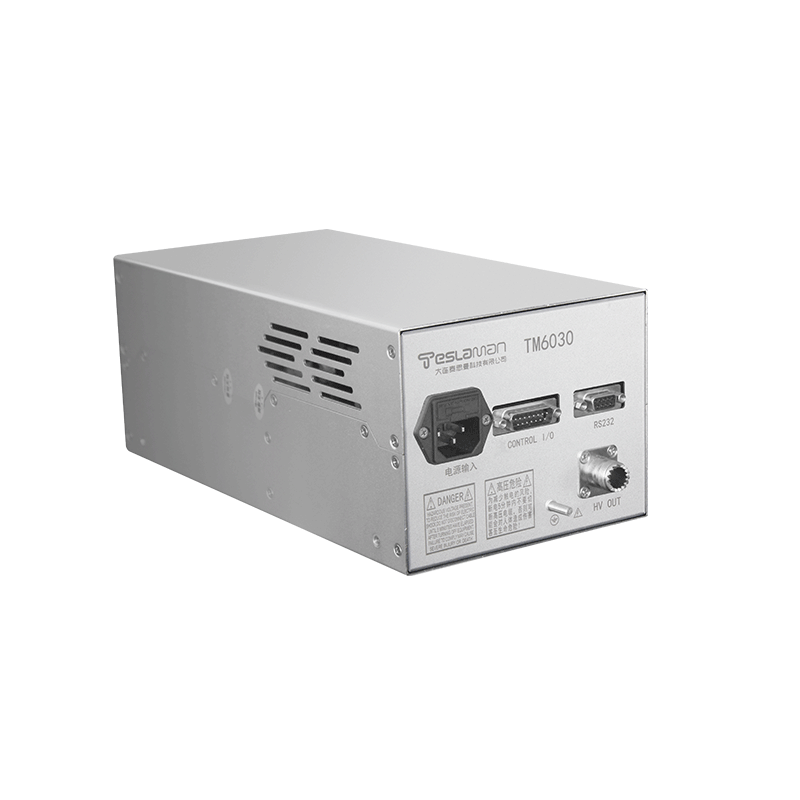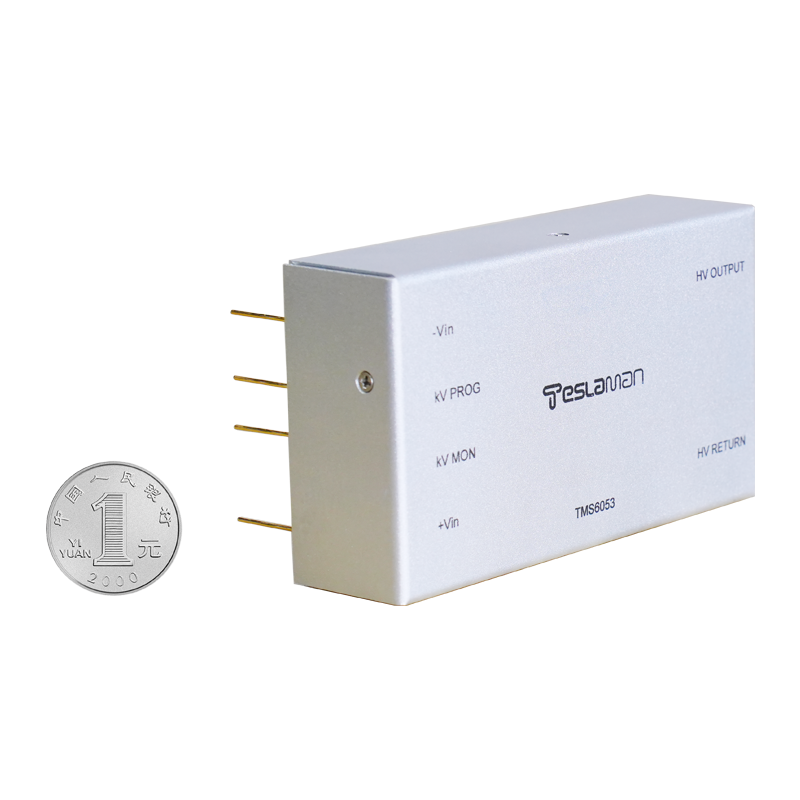Innovation of High-Voltage Power Supplies for Radiation Therapy
In the field of modern cancer treatment, radiation therapy has become a crucial component of comprehensive cancer treatment due to its non-invasive nature and precision. As the core component that drives devices such as linear accelerators and cobalt-60 therapy machines to generate high-energy radiation, the technological innovation of high-voltage power supplies is reshaping the clinical standards of radiation therapy.
Traditional high-voltage power supplies for radiation therapy mostly employed linear voltage regulation topologies, achieving voltage output by adjusting the linear operating state of power transistors. However, this approach suffered from low conversion efficiency (usually below 60%) and large size. With the increasing demands for dose accuracy, treatment speed, and patient safety in cancer treatment, high-voltage power supplies urgently need to overcome technical bottlenecks. Modern high-voltage power supplies utilize high-frequency switching power supply technology, increasing the operating frequency to the range of hundreds of kilohertz or even megahertz. Through pulse-width modulation (PWM) and soft-switching techniques, the energy conversion efficiency exceeds 90%, while significantly reducing the size and heat generation of the equipment, and decreasing the complexity of the cooling system.
Precision control represents the core direction of innovation in high-voltage power supplies for radiation therapy. New-generation power supply systems incorporate digital twin and model predictive control (MPC) technologies. By real-time collecting multi-dimensional data such as accelerator beam parameters and patient surface information, they construct high-precision power output models. During treatment, the system can complete dynamic voltage adjustments within milliseconds, ensuring that the radiation dose error is controlled within ±1%. This effectively enhances the accuracy of tumor target area irradiation and reduces radiation damage to surrounding healthy tissues.
Modular and intelligent designs infuse new vitality into high-voltage power supplies. The distributed modular architecture allows different functional units to operate independently and provide redundant backups. In the event of a module failure, the system can automatically switch to a backup unit, maintaining treatment continuity. Meanwhile, the fault diagnosis system based on edge computing and artificial intelligence can analyze power operation data in real-time, identify potential risks in advance, and issue warnings, significantly improving equipment reliability and maintenance efficiency. Additionally, the deep integration of high-voltage power supplies with hospital information systems (HIS) and radiotherapy information systems (RIS) enables collaborative management of treatment plans, power parameters, and patient data, optimizing clinical workflows.
At the material and device level, the application of wide-bandgap semiconductors (such as silicon carbide and gallium nitride) has become a significant breakthrough. These materials feature high breakdown field strength, low on-resistance, and high-temperature resistance, enabling the power supply to operate stably at higher voltages (up to tens of kilovolts) and current densities. They also reduce switching losses and increase power density to three times that of traditional power supplies. Coupled with advanced magnetic integration technology and nanocrystalline magnetic core materials, electromagnetic compatibility is further optimized, reducing interference with medical equipment.
In the future, high-voltage power supplies for radiation therapy will continue to evolve towards higher energy density, more intelligent control, and greater safety and reliability. With the clinical promotion of emerging technologies such as proton and heavy ion therapy and FLASH radiotherapy, high-voltage power supplies need to meet the requirements of higher pulse frequencies and narrower pulse widths. They will also achieve integration with biofeedback systems, dynamically adjusting treatment parameters according to the patient's physiological state, and propelling radiation therapy towards personalized and precision medicine.




















